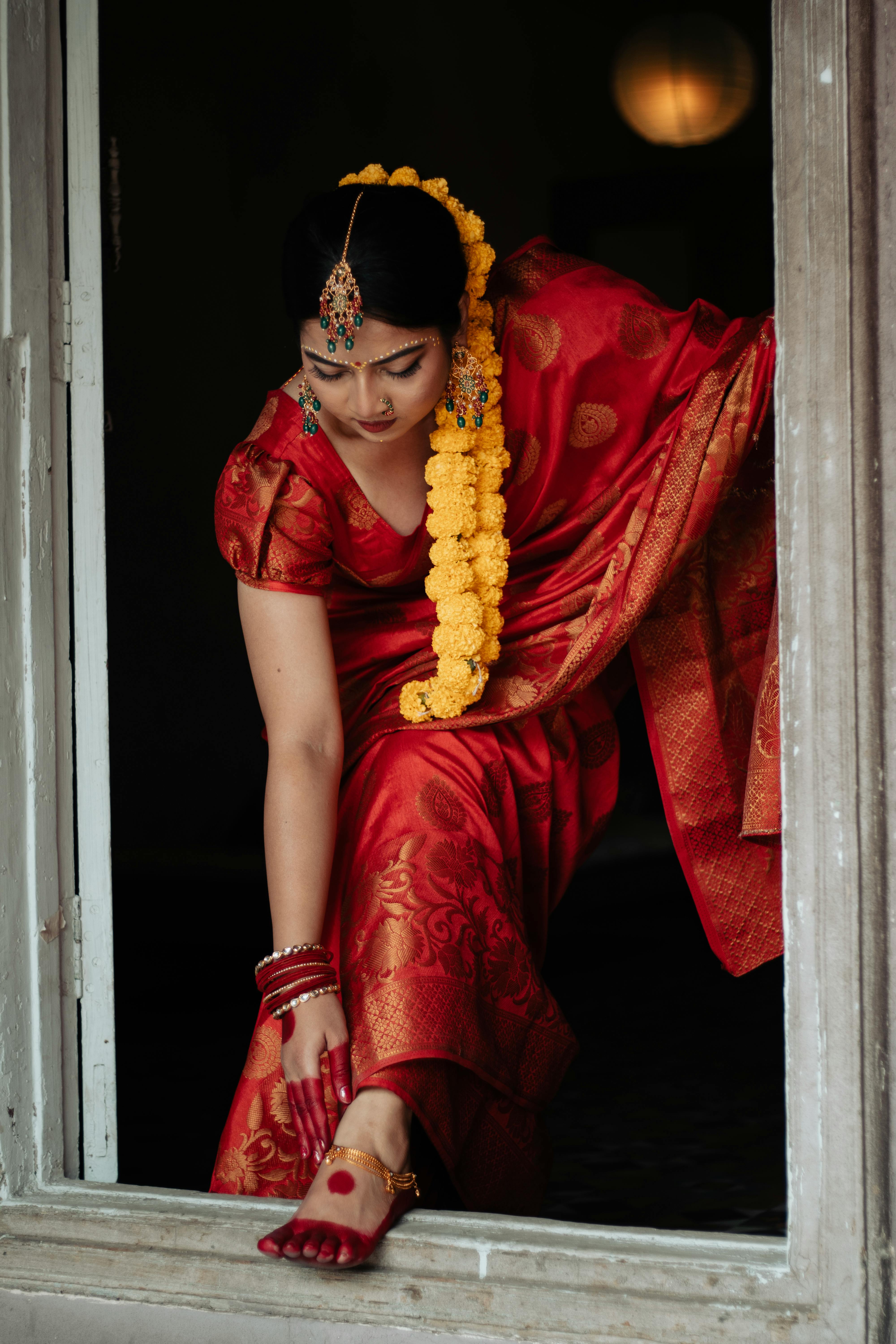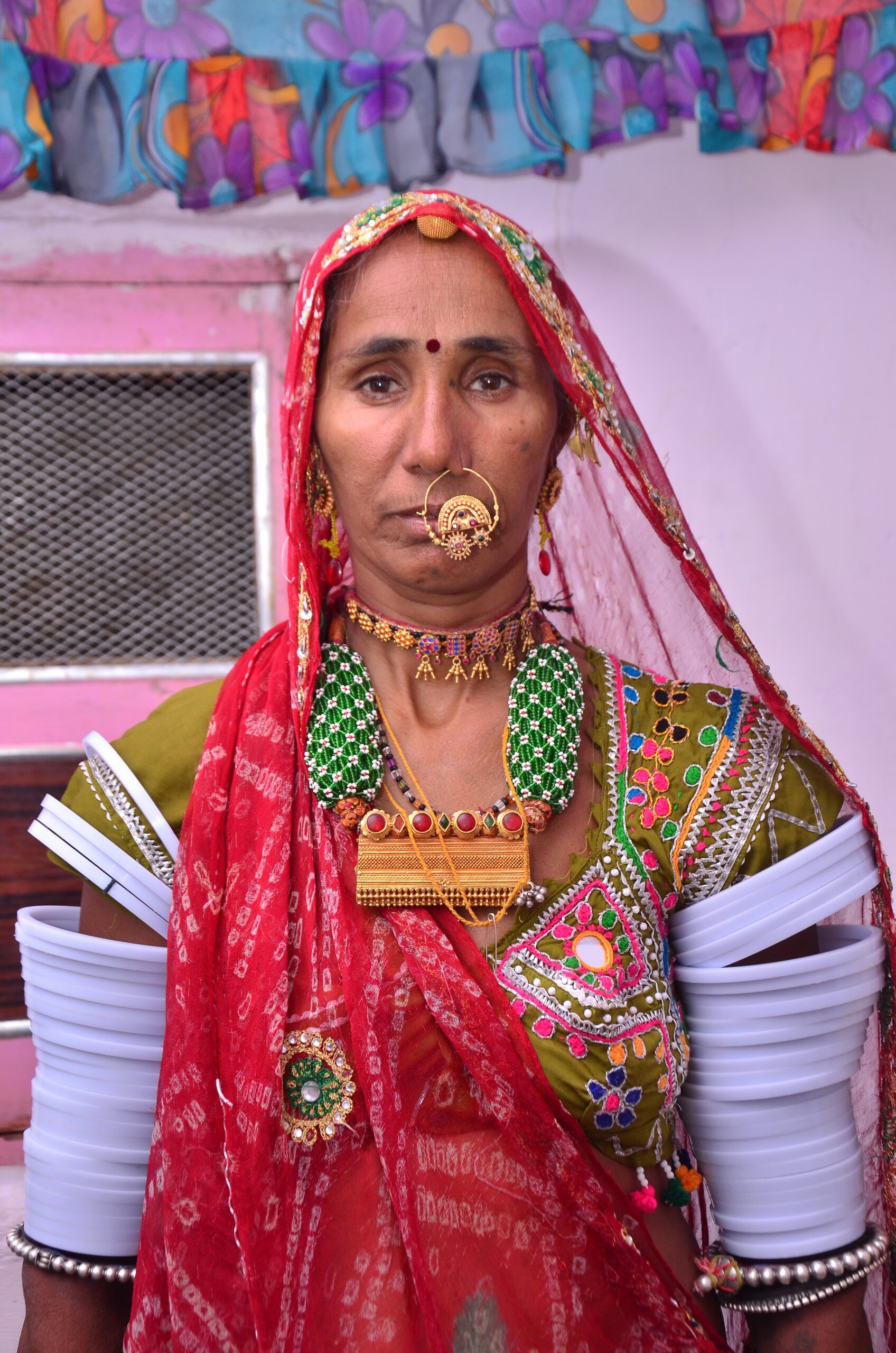Are you ready to embark on a flavorful journey through the diverse world of Indian cuisine? Look no further than IndianCulture.com, where you can explore the tantalizing tastes and enchanting aromas of this rich culinary tradition. From aromatic spices to regional delicacies, this article will introduce you to the art of Indian cooking, specifically focusing on techniques such as frying, roasting, and more. So grab your apron and get ready to experience the vibrant and mouthwatering flavors that make Indian cuisine so extraordinary.
Indian Cooking Techniques
Indian cuisine is known for its rich flavors, bold spices, and intricate cooking techniques. From frying to roasting and everything in between, Indian cooking methods offer a wide range of delicious possibilities. Whether you’re a seasoned home cook or just starting out on your culinary journey, understanding these techniques will help you master the art of Indian cooking. So, roll up your sleeves, grab your apron, and let’s dive into the world of Indian cooking!

Frying Techniques
Frying is a popular cooking technique in Indian cuisine that involves cooking food in hot oil until it becomes golden and crispy. There are two types of frying techniques commonly used in Indian cooking: shallow frying and deep frying.
Shallow frying involves submerging the food partially in hot oil and cooking it on a medium to high heat. This technique is often used for making appetizers like pakoras and tikkis, where the food is coated in a batter or breadcrumb mixture before being fried.
Deep frying, on the other hand, involves immersing the food completely in hot oil and cooking it on a high heat. This technique is used for preparing Indian snacks like samosas and vadas, as well as main dishes like chicken or fish fry. It’s important to maintain the oil temperature and use a slotted spoon to drain excess oil from the fried food.
Roasting Techniques
Roasting is another popular cooking technique in Indian cuisine that involves cooking food in a dry heat, either in an oven or over an open flame. This method enhances the natural flavors of the ingredients and imparts a smoky and charred taste to the dish.
In Indian cooking, there are two primary ways to roast food: dry roasting and open flame roasting. Dry roasting involves toasting spices or nuts in a pan without any oil. This technique is commonly used to enhance the flavors of spices before grinding them to make masalas or spice blends.
Open flame roasting, also known as direct flame roasting, involves cooking food directly over an open flame. This technique is used for roasting eggplants for dishes like baingan bharta or charring bell peppers to make delicious chutneys. The direct flame gives the food a smoky flavor and adds depth to the overall dish.

Grilling Techniques
Grilling, or barbecuing, is a cooking technique that is widely popular in Indian cuisine, particularly in the northern and western regions. It involves cooking food over a direct heat source, such as charcoal or an electric grill.
When it comes to grilling, marination plays a crucial role in Indian cooking. Various spices, yogurt, and acidic agents like lemon juice are used to marinate the food, which not only adds flavor but also tenderizes the meat.
Grilling is often used for preparing tandoori dishes, where meat or vegetables are marinated in a spiced yogurt mixture and cooked in a tandoor, a traditional clay oven. The high heat of the tandoor gives the food a unique smoky flavor and the characteristic charred marks.
Sauteing Techniques
Sauteing is a quick and versatile cooking technique used in Indian cuisine that involves cooking food in a little oil or ghee over high heat. This method is perfect for cooking vegetables, meats, and even spices.
To saute, heat some oil or ghee in a frying pan or kadai and add the ingredients. Stir and toss constantly to ensure even cooking and prevent burning. Sauteed dishes can be served as standalone recipes or used as a base for curries and stir-fried dishes.
The key to successful sauteing is to work with small batches of ingredients, ensuring they have enough room to move around the pan and cook evenly. This cooking technique helps to retain the natural flavors, textures, and colors of the ingredients, making them a delightful addition to any meal.

Boiling Techniques
Boiling is a simple yet essential cooking technique used in Indian cuisine for a variety of purposes, including cooking grains, legumes, and vegetables. It involves immersing food in water and heating it until it reaches a bubbling state.
Boiling is commonly used for preparing dal, rice, and a variety of stews and soups. By adding spices, herbs, and aromatics to the boiling liquid, you can infuse your dishes with a depth of flavor.
To achieve perfectly cooked food, it’s important to pay attention to the cooking time and not overcook the ingredients. The cooking time varies depending on the food being boiled, ensuring that the texture is neither too firm nor too soft.
Steaming Techniques
Steaming is a healthy and popular cooking technique in Indian cuisine that involves cooking food by exposing it to steam. This method locks in the natural flavors and nutrients, resulting in delicious and nutritious dishes.
To steam food, a steamer basket or idli steamer is commonly used. The food is placed in the steamer and elevated above a pot of boiling water. The steam generated from the boiling water cooks the food gently and evenly.
Steaming is often used for cooking a variety of dishes, including idlis, dhoklas, and momos. It is also ideal for steaming vegetables, fish, and even desserts like kheer. Steamed dishes are light, flavorful, and retain the vibrant colors of the ingredients.
Baking Techniques
Baking is a relatively newer cooking technique in Indian cuisine but has gained immense popularity in recent years. It involves cooking food in an enclosed oven using dry heat.
Baking can be used for a wide range of dishes, including bread, cakes, cookies, and savory snacks. The use of baking powder or baking soda helps the dough or batter rise, resulting in light and fluffy baked goods.
With the rising demand for healthier alternatives, baking has become a preferred method for cooking traditional Indian sweets like halwa and barfi, as it requires less oil or ghee compared to traditional stovetop cooking methods.
Tempering Techniques
Tempering, also known as tadka or baghaar, is a technique used to enhance the flavors of a dish by adding spices and aromatics in hot oil or ghee. This technique is commonly used in Indian cooking to finish off curries, dals, and chutneys.
To temper, heat oil or ghee in a small pan and add whole spices like cumin seeds, mustard seeds, or curry leaves. As the spices sizzle and release their flavors, they are added to the prepared dish, infusing it with an aromatic punch.
Tempering not only adds depth and complexity to the dish but also adds texture and visual appeal. The sizzling sound of the spices hitting the oil can be quite satisfying and signals the final stage of the cooking process.
Pressure Cooking Techniques
Pressure cooking is a time-saving and efficient cooking technique widely used in Indian households. It involves cooking food in a sealed pot with high-pressure steam, which helps to cook the food faster and retain its nutrients.
Pressure cookers are widely used for cooking dals, rice, and various curries. The increased pressure inside the cooker leads to higher cooking temperatures, aiding in the breakdown of tough meats and legumes, resulting in tender and flavorful dishes.
It is important to follow the cooking time and release the pressure properly to avoid overcooking the food. With the convenience and speed it offers, pressure cooking has become an integral part of Indian cooking, especially for those with busy lifestyles.
Fermenting Techniques
Fermentation is an ancient technique used in Indian cuisine to preserve and transform food through the action of microorganisms. Fermented foods provide unique flavors, improved digestibility, and added health benefits.
One of the most well-known fermented foods in India is yogurt, which is made by fermenting milk with live cultures. Fermented foods like dosa and idli batter are prepared using fermented rice and lentil flour, creating tangy and airy creations.
Fermentation of pickles, such as mango pickle and lime pickle, not only enhances the flavor but also acts as a natural preservative. The process involves brining the vegetables or fruits in a combination of salt, spices, and oil, allowing the fermentation microbes to work their magic.
By incorporating fermented foods into your cooking, you can experience a whole new world of flavors and reap the health benefits associated with consuming probiotics and enzymes.
In conclusion, Indian cooking techniques offer a diverse range of options to elevate your culinary skills and create mouthwatering dishes. Whether you’re frying, roasting, grilling, sauteing, boiling, steaming, baking, tempering, pressure cooking, or fermenting, each technique brings its unique flavors, textures, and aromas to the table. So, get adventurous, experiment with these techniques, and explore the rich and vibrant world of Indian cuisine!
